
That Time I Acquired AMS
It’s hard not to laugh when I’m asked how India went. Best freakin’ time of my life. But this tops the highlights: I acquired acute mountain sickness (AMS) while traveling from 3400 masl to 4300 masl five days after flying into the Ladakh region of Northern India. I received oxygen support from a portable tank in a hospital ward in the remote town of Tangtse.
Inhaling supplemental oxygen is a trip.d
Altitude sickness occurs when your body doesn’t get enough oxygen from the air at high altitudes. To put it simply, the effort of going upstairs or taking a few even steps would be comparable to that of someone going uphill with a light pack. The cost of traveling thousands of meters above your vertical comfort zone will catch up with you in the form of fatigue, colds, difficulty in breathing, loss of appetite, other harsh-sounding things, etc.
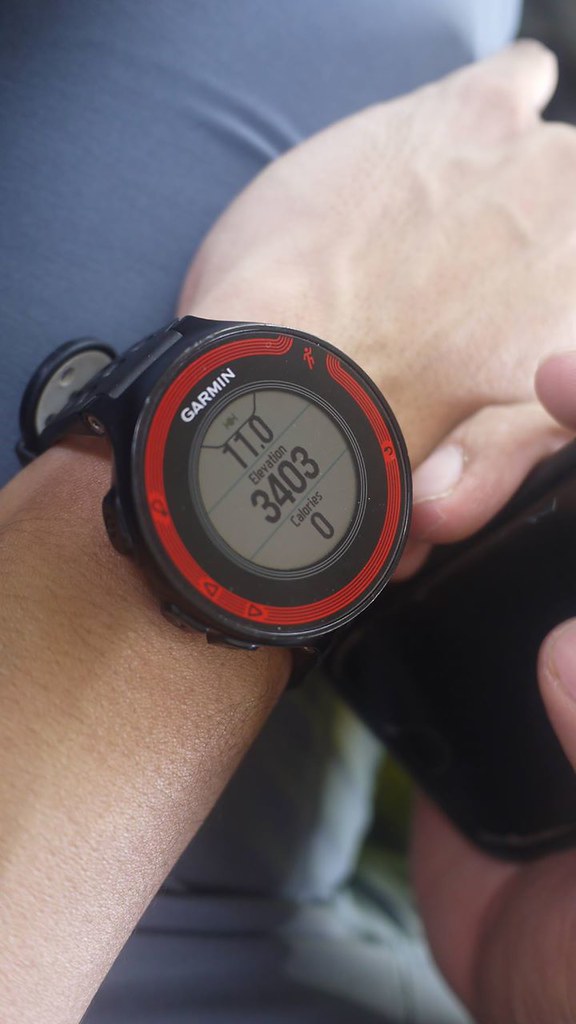
You hear about AMS from alpinists or climbers or read about it from multi-day hike and expedition stories and you think, well, you’re probably going to dodge that bullet if you’re not really into any of those things. You’re probably right – until you’re doing nothing and it still sorta decides to hit you.
Cali and I planned a vacation (and okay, maybe hoped to do a day of hiking) in Ladakh – a high altitude desert region near the Pakistan-Tibetan border of India. Cooold as fuck. While we had working knowledge on the consequences of high altitude travel, the fact remained that neither of us had really ever stayed past 2500 masl for more than a few hours, and in effect we both had no actual experiences. Maybe months of training (and for sure proper education) has everything do with successful acclimatization.
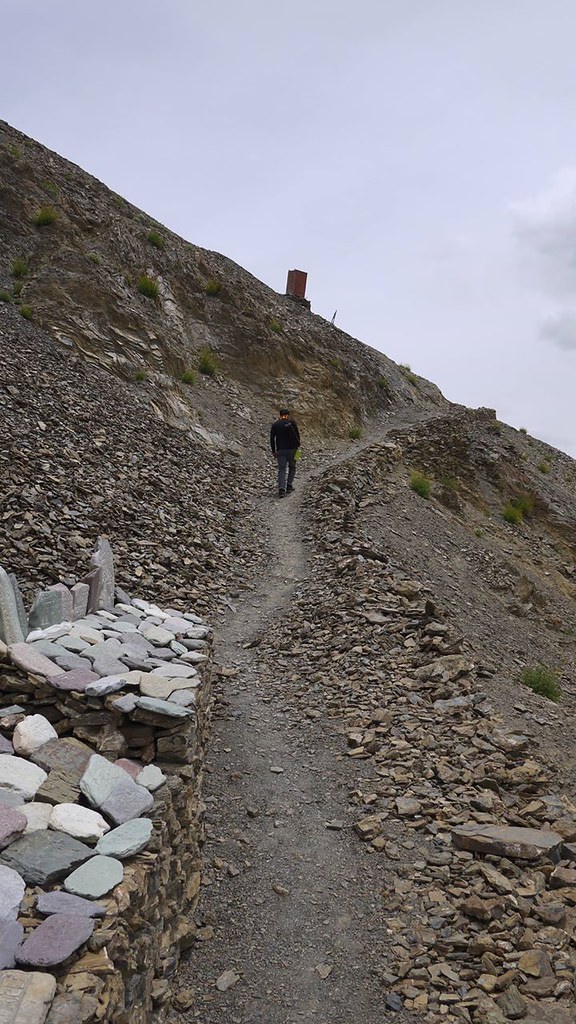
I would like to think that Cali and I are physically adjusted to do a bit of strenuous activity, but it really comes down to how well and fast your body can adjust to a new environment within the limited days that you have.
Before I go on, do know that I’ve fully recovered two days after my AMS incident. I’m now back in the PH laughing at the whole experience. If you know me at all, you’ll know that I will laugh at everything/anything. But this one is by far both the scariest and funniest thing I’ve ever had the opportunity to laugh at. I just feel really sorry for Cali for the unnecessary panic. And I still wish he recorded some of my AMS moments on video for posterity.
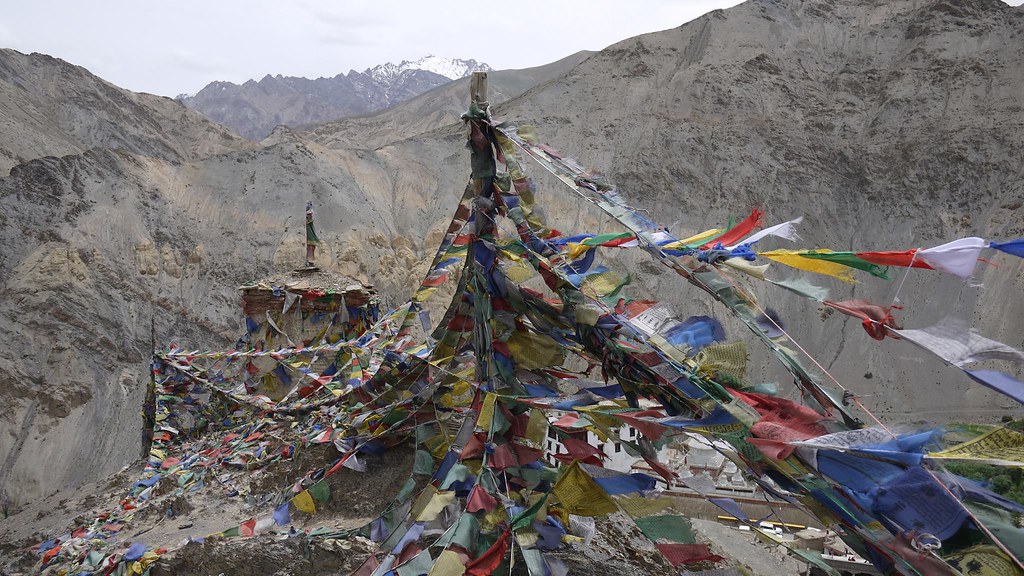
Days prior my AMS, I experienced the following:
- The initial light-headedness that one feels flying in from sea level to 3500 masl didn’t go away for me even after the 2 to 3 days of suggested acclimatization.
- I was so tired, but sleep was hard to come by. Cali slept soundly; I stared at the ceiling until sunrise. My mind just stayed awake.
- Stomach problems for a day but that went away quickly (I THOUGHT it was only the curry???)
- Mild cough and cold
Knowing my pain threshold, I kept these signs in mind but I (admittedly) dismissed them as signs of fleeting stress, which, when traveling, you get quite a lot of. I trusted that the discomfort would go away later on. And one by one, they did.
It was all green and go for me until our fourth day when we drove up to Pangong Tso.
I sat in our rented Xylo, complaining about the impending doom that was the 5-hour drive up to Pangong Tso (4300 masl).
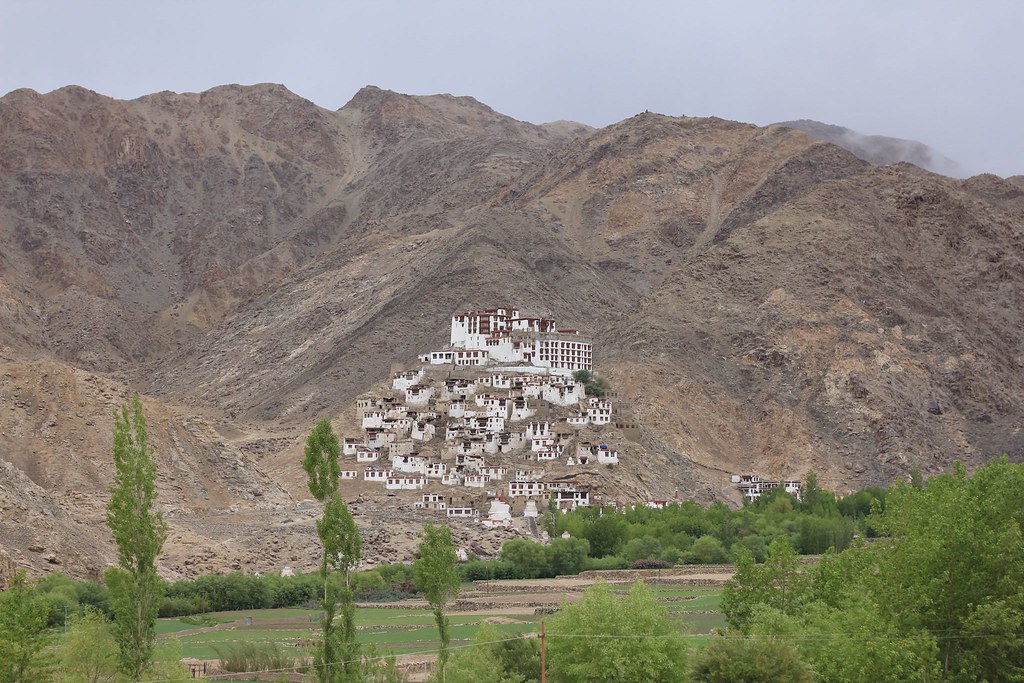
En route Pangong Tso, we passed by beautiful, towering gompas (Buddhist forts), then through Chang La Pass (5,360 masl) where the car went from smooth sailing to uncontrollably wobbly.
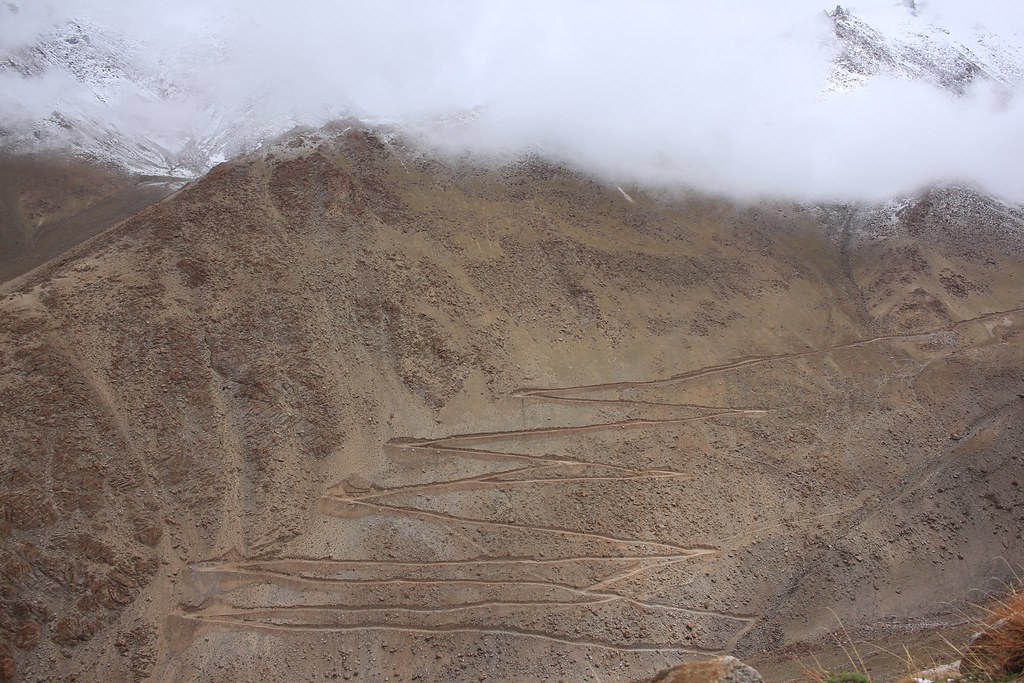
I couldn’t stand it. Normally I would have no problem enduring a long drive. Cali also said the trip was ~okay lang~ and bearable, but at that time it was too much for me.
We stayed for a night in a tent. I even did breathing exercises past sundown while staring at the blues and browns of Pangong Tso. I remember being transfixed. Here it was twice windier, more barren, more brutally beautiful than Leh, the city where we just came from.
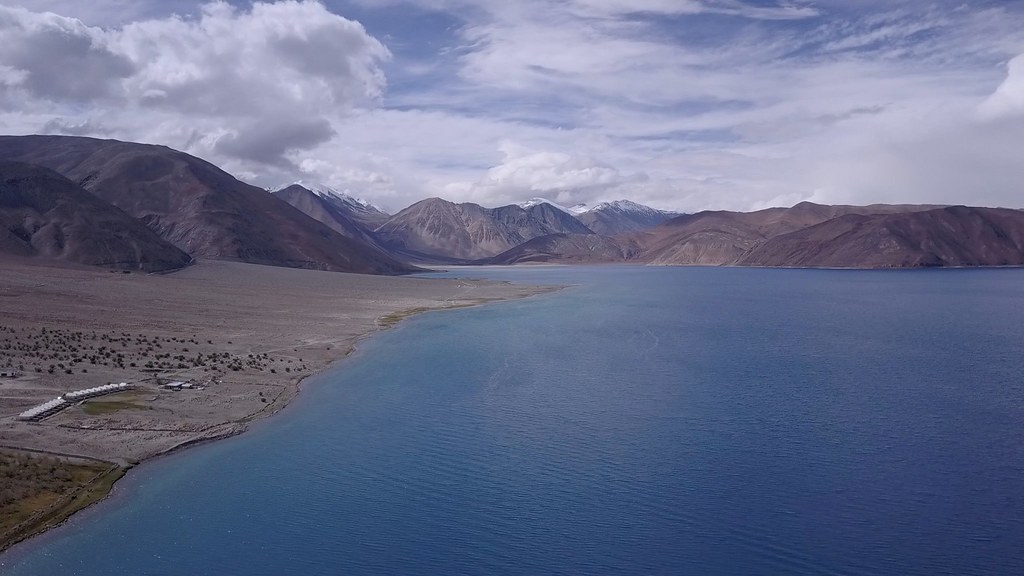
The last thing I remember before falling asleep was Cali tucking me in and putting heated pads over my feet. Pretty sure the temp dropped below zero that night.
The next 12 hours were something of a mystery to me. So here is Cali’s checklist of incidents that happened that I totally have no memory of until now.
According to Cali, I was:
- Able to answer yes or no questions, but didn’t know where I was
- Able to answer non yes or no questions, but I stopped midway and drifted away
- Unable to eat
- Unable to walk without support
- Giggling exaggeratedly
- Overall incoherent
- Experiencing short-term memory loss
- Called crazy by Cali a couple of times

Cali immediately packed up upon seeing these signs the next morning. With our driver’s help he brought me to the hospital in the neighbouring town of Tangtse. My first pulse oximeter reading was down to 40% (the normal value is no lower than 90% when you’re at sea level, and this drops the higher you go).
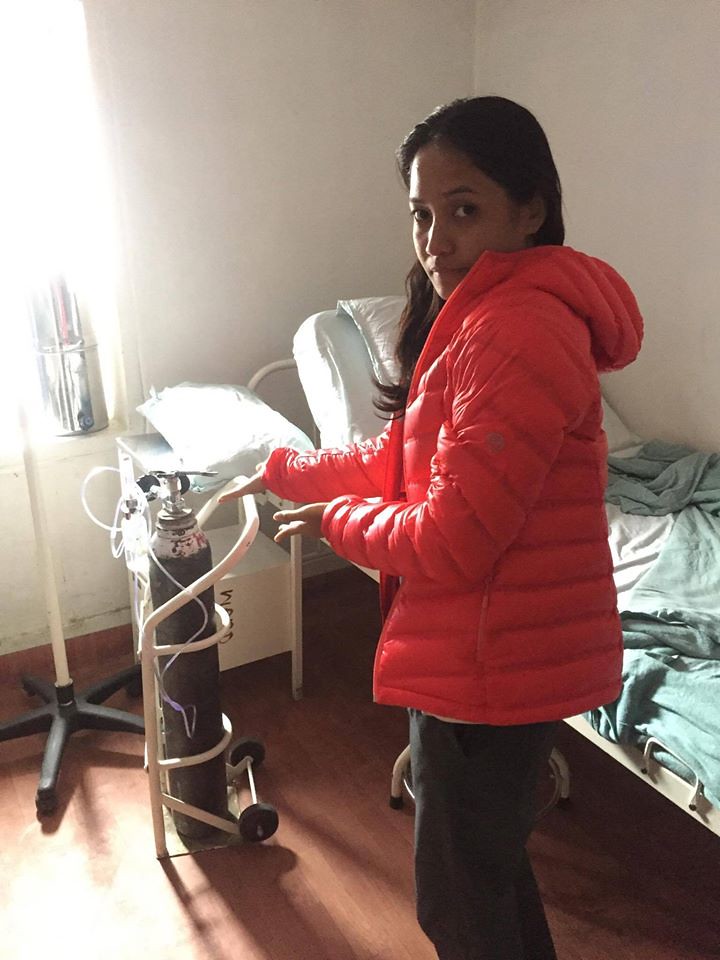
My first waking thoughts were not where I should eat nor what I should do that day, rather where I was. All I knew at that moment was what I was seeing: a small room and a tiny oxygen tank sitting next to me. And I was hooked to it.
They attached me to supplemental oxygen thru nasal cannula while a doctor and a nurse checked in on me every hour to do my reading. When my oxygen level still continued to drop they gave me another hour of oxygen support. This went on for maybe 3 to 4 hours. They didn’t release me until I could walk on my own and my oxygen level was a stable 90%. I was forbidden to sleep until we reached a lower altitude. The nurse’s personal advice to Cali was to make sure I did deep breaths as soon as they unplugged me. Every time I did deep breaths, my airflow improved and the oximeter showed a higher number.
We were of course urged by the doctor to forego our next destination (Tso Moriri at 4500 masl), so without hesitation we headed back down to Leh for a few days of rest after being discharged.
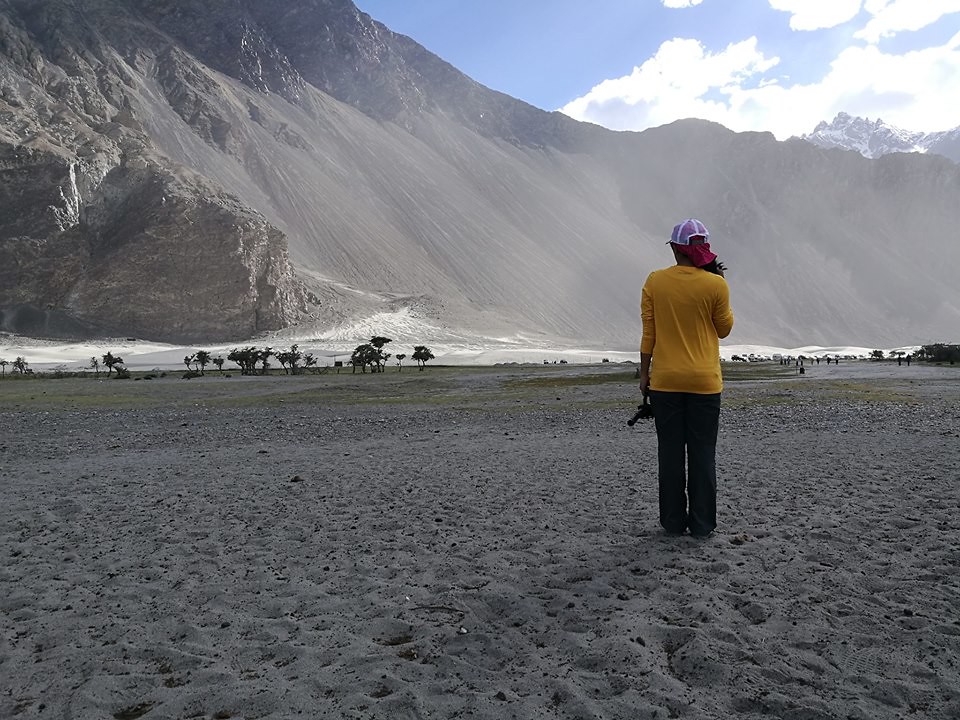
Two days later, we’re back on the road (ang kulit, haha) to Nubra Valley (3000 masl). AMS was done with me and I didn’t experience any symptoms again.
A few days before India, I was flying back to Manila from a work trip in the US and dealing with changes in weather + jet lag. I was tired overall, but very excited and positive about India, because how could I not be?!
I tried to find a way to re-tell this story without coming off as discouraging to those who’ve never done high places. Knowing the present dangers in high altitude travel shouldn’t deter you from ever doing it. Rather, let the knowledge help you prepare better.
The real beauty of mountains is experienced up-close. There is nothing more humbling than standing at the foot of a mountain, hands stowed in your pocket, looking up, and receiving the first blessing of sunlight on your face. Being in the mountains, I share the same wave of emotions with someone kneeling inside a church with an answered prayer. Experiencing mountains at this level provides spiritual nourishment for me, which makes all the nuances of going there worth it, I guess.
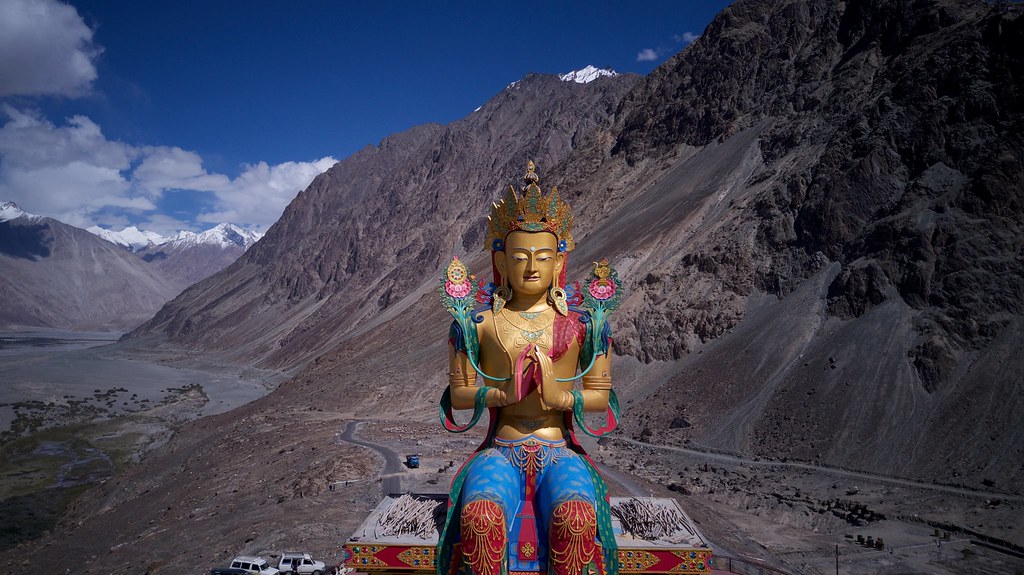
Was I afraid? Of course. Waking up in a hospital in a foreign land makes for a story, but the moment you open your eyes only to be welcomed by a mix of confusion and fear – it doesn’t get as real as that. But as always, I sought out humor and lessons from it. Ladakh is a mountainous and lonely place. It may not be for everyone; it is for me. It’s a lonely place I would never come back to again unprepared. 😜
Photos!
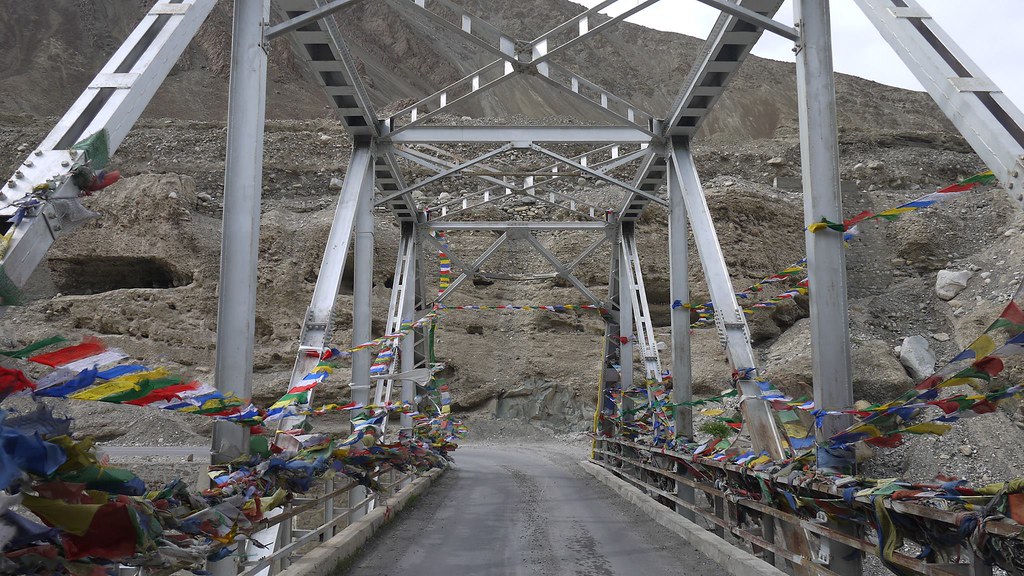
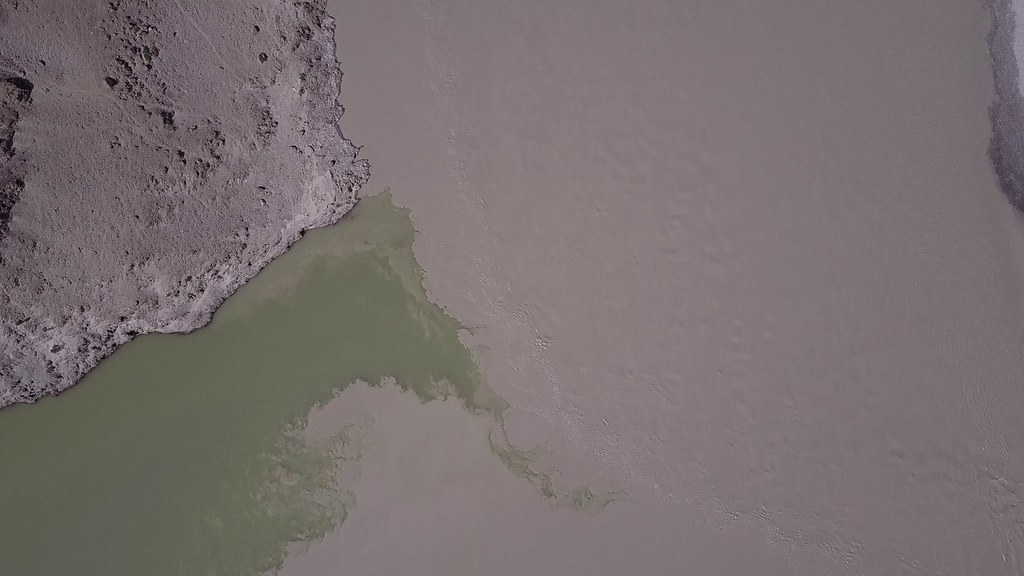
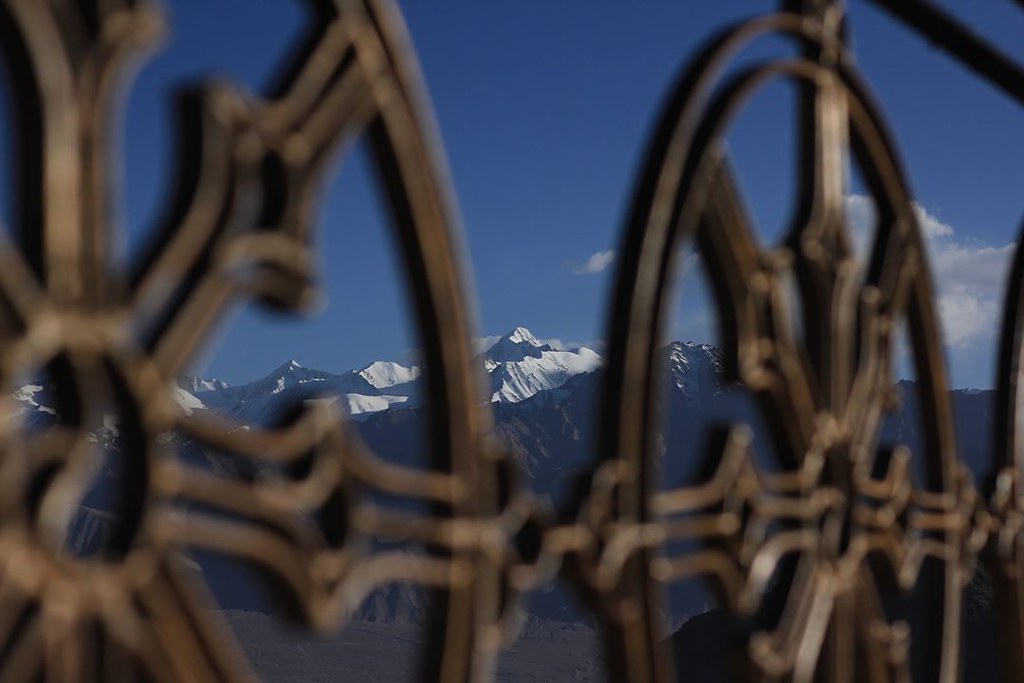
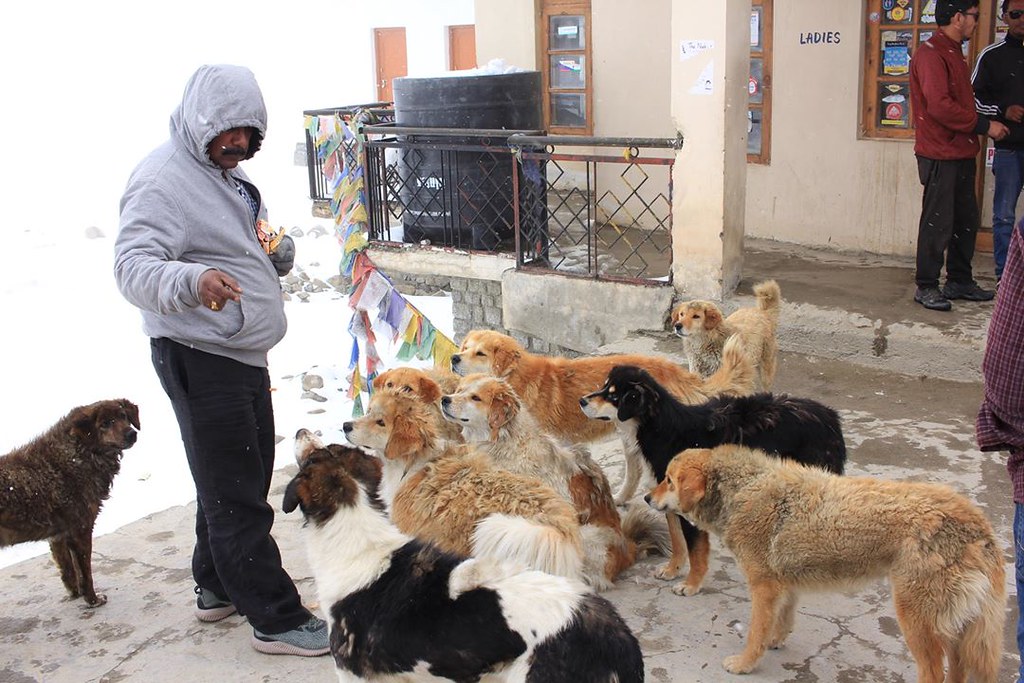
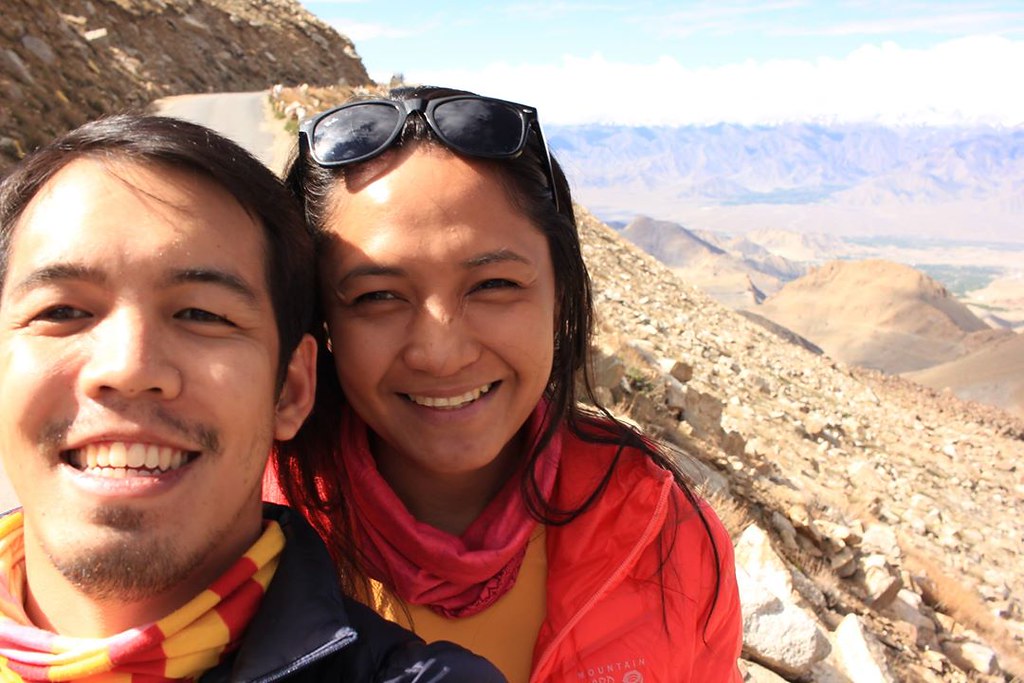
Deep breaths & laughter,
K
